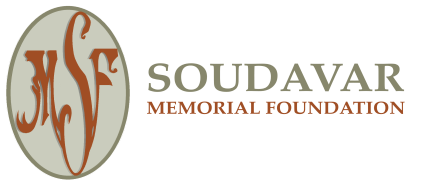Seals from the Achaemenid Period in the Museums of Turkey
he Soudavar Memorial Foundation sponsored a project on the art and archaeology of the Achaemenid Persian Empire (ca.550-330 B.C.), specifically focusing on the seals and seal impressions housed in the museums of Turkey led by Deniz Kaptan. This project aims to survey, document, catalog and finally publish the seals (cylinders, stamps and engraved metal rings) and seal impressions on clay (tablets, bullae) in the selected museums of Turkey in multiple stages.
Seals are among the most basic of human inventions. The outcome of their use, however, appears to be complex and highly informative about ancient societies. In particular, seals from the ancient Near Eastern world treasure a rich imagery that reveals many aspects of the cultures and the art that flourished in them. Used by men and women in office and in private they marked ownership and status. They authenticated written documents, secured doors, containers, jars and commodities. When worn as pendants and rings they adorned their bearers and believed to have magical protective power. The representations on them, which were carved in miniature scale, comprise a rich source for studies on artistic styles and iconography. In particular the ancient Near Eastern seals constitute a rewarding case for archaeologists because of the continuity of seal use for millennia.
Through their designs it is possible to observe almost every aspect of the Near Eastern iconography. In this respect, as artistic medium, the Near Eastern seals have often been viewed as a source comparable to Greek vases for their role in the studies of iconography and styles in Greek art. Not only seals themselves as artifacts but also their products, the seal impressions on clay tablets and bullae contribute to our studies greatly. Their impressions on clay tablets and bullae reveal information about archival practices, bureaucracies, economies and communication networks of ancient societies. In this rich background, seals from the Achaemenid period provide uniquely invaluable data because the Achaemenid Empire inherited the rich seal tradition of the ancient Near East and moreover amalgamated it with the artistic conventions of the conquered lands. As a result they convey an extremely rich and diverse artistic expression that had not been observed before. The recent research shows the seals of the Achaemenid period has become more important than ever for the studies dealing with the eastern Mediterranean world in the first millennium B.C. One way to obtain fresh data for our studies on the Achaemenid seals is focusing on the unpublished material that has been stored in museum vaults.
The major goals of the project were:
1) Data Collection: Record all the data on the Achaemenid period seals and seal impressions in five museums in Turkey in three phases: I)Balıkesir, Afyon, Burdur (marked as nos. 15, 03, 15 on the map)∗ II) Eskiflehir (no. 26 on the map) and III) Gaziantep (no. 27 on the map).
2) Library Research: Carry out the library research for the publication in the University libraries at Münster in Germany.
3) Plans for Future Work: Assessment of the material in other museums. Survey the potential collections by making appointments with the staff of selected museums.

